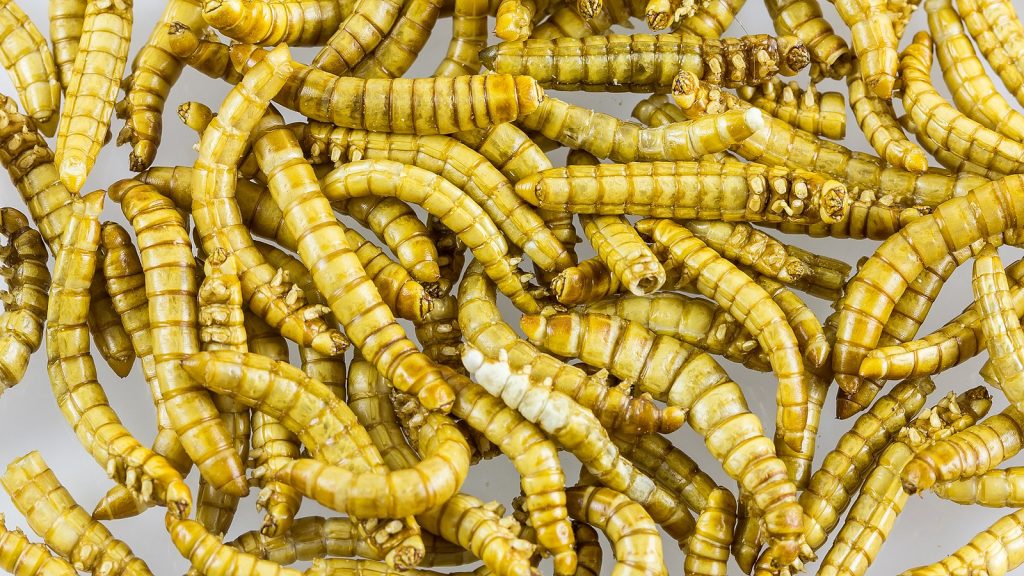Mealworms are the larvae form of the flour beetle Tenebrio Molitor and can go through their lifecycle of an egg to pupae to beetle in a few months. This blog will tell you how to care for your mealworms.
What are the benefits for feeding mealworms?
Mealworms are good for building up amphibians and lizards as they are high in protein and fat, however, because of this, they should not be used as a staple in your pet’s diet.
All forms of the mealworm are edible, from the larvae to the pupae and finally to the beetle, but not all species will eat all life stages and this means they last a long time, meaning they are good value for money. My Leopard gecko won’t eat the pupae stage, so all animals are different. just offer it to them and remove them if they are uneaten.
What should I keep my mealworms in?
Mealworms will arrive in a plastic tub with bran in. I find it easier to transfer them into a small carrier, like this. As they don’t climb, the length is more important than height. Keep them in a dark place as they are nocturnal. You can put egg cartons in to give them places to hide if you wish.
They can be kept at room temperature.
What should I feed my mealworms?
Fill the box with bran, not only will this give them something to dig around it, but it’s also a great food source. Provide them with vegetables such as carrot, potato peel and apple which will also give them a water source.
How do I feed mealworms to my pet?
Just use tongs to pick them up, put them in a plastic bag with the vitamins or calcium, give them a shake and feed to your pet. You can get mealworm bowls that have a curved rim to stop the worms escaping, but you should remove any uneaten ones daily and pop them back in their tank to get food.
What are the downsides of keeping mealworms?
- They cannot be used as a staple
- Not all reptiles or amphibians will eat all the life stages
- They burrow, so be careful if you are feeding them to an animal that is kept on a deep substrate.
If you want to read more, check out my Live food FAQs and to see how to look after different species;

